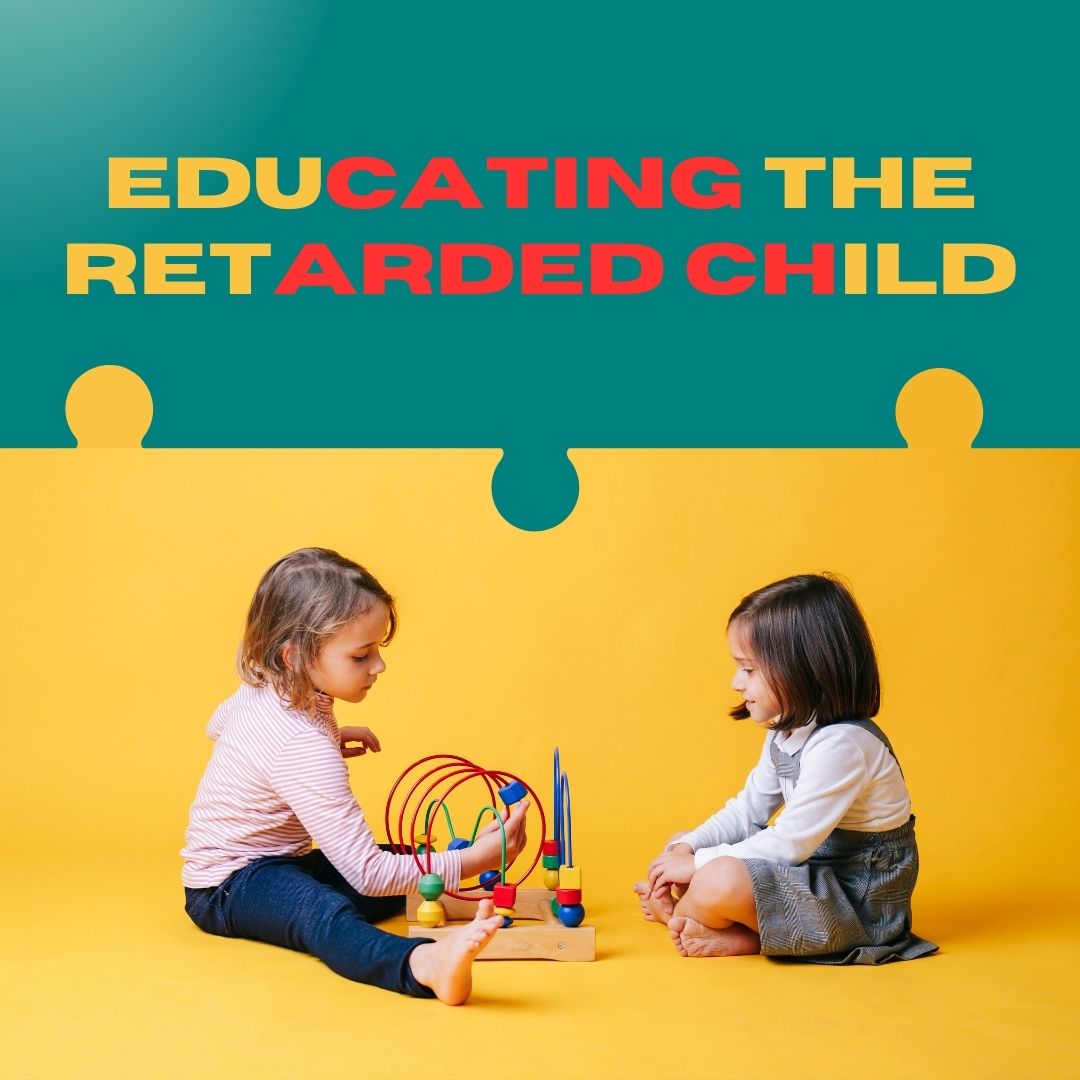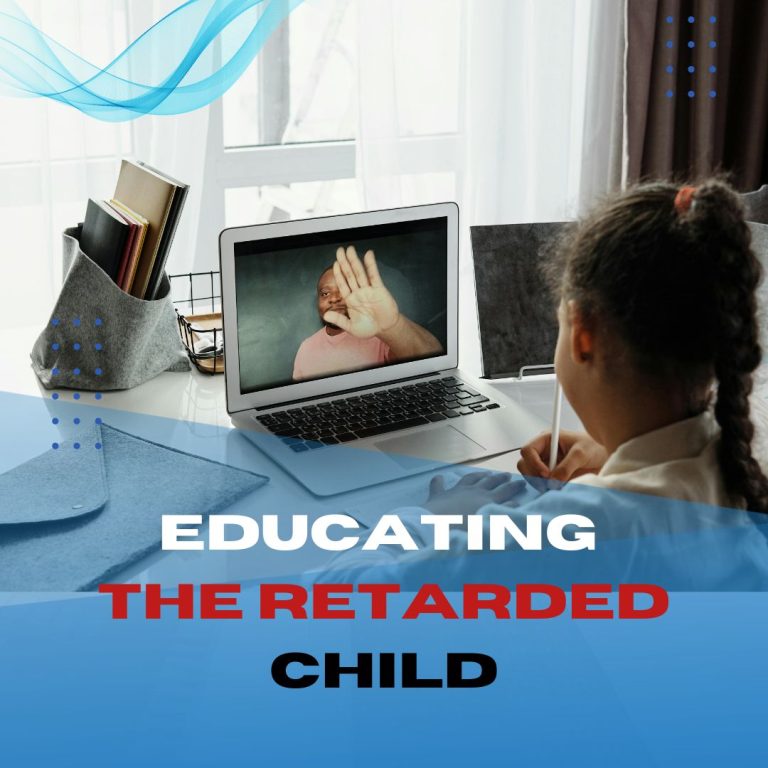Educating the Retarded Child to Increase your Skill
Educating the retarded child with intellectual disabilities requires tailored teaching strategies and patience. It’s essential to focus on individual learning capabilities and adapt methods accordingly.
Education for children with intellectual disabilities presents unique challenges that demand specialized attention and resources. These children often require individualized education plans (IEPs) that cater to their specific needs, abilities, and learning pace. Ensuring an environment that is both supportive and inclusive is paramount for their development.
Educators must employ diverse teaching tools and techniques, including visual aids, interactive technologies, and hands-on learning experiences, to enhance comprehension and engagement. Successful education for these children hinges on collaboration among teachers, parents, and professionals who can provide insights into the most effective ways to facilitate learning. It’s crucial to foster an atmosphere where these children feel valued and capable, empowering them to achieve their fullest potential despite their challenges.
Embracing Inclusivity In Education
Education is for every child, including those with unique learning needs. Embracing inclusivity in education means making room for all students. It creates an environment where every learner thrives. This part of our blog sheds light on the journey of educating a child with intellectual disabilities. We explore the defining aspects and the crucial need for supportive settings.
Defining Intellectual Disabilities
Intellectual disabilities are not a roadblock to learning. They mean a child learns differently. Understanding and acceptance are the first steps towards effective education for these children.
- Not related to motivation or emotional disturbance.
- Affects learning pace and style, not potential.
- Varies greatly among children; each child is unique.
The Importance Of A Supportive Environment
A supportive environment adjusts to the child’s needs. It offers individual attention and resources. This setting lets every child find their success path. Here’s what it includes:
| Feature | Description |
|---|---|
| Personalized Learning Plans | Curriculum tailored to the child’s abilities and interests. |
| Specialized Tools | Materials and technologies designed for enhanced learning. |
| Inclusive Classrooms | A mix of students that promotes social growth and empathy. |
| Trained Educators | Teachers equipped with the right skills to assist effectively. |
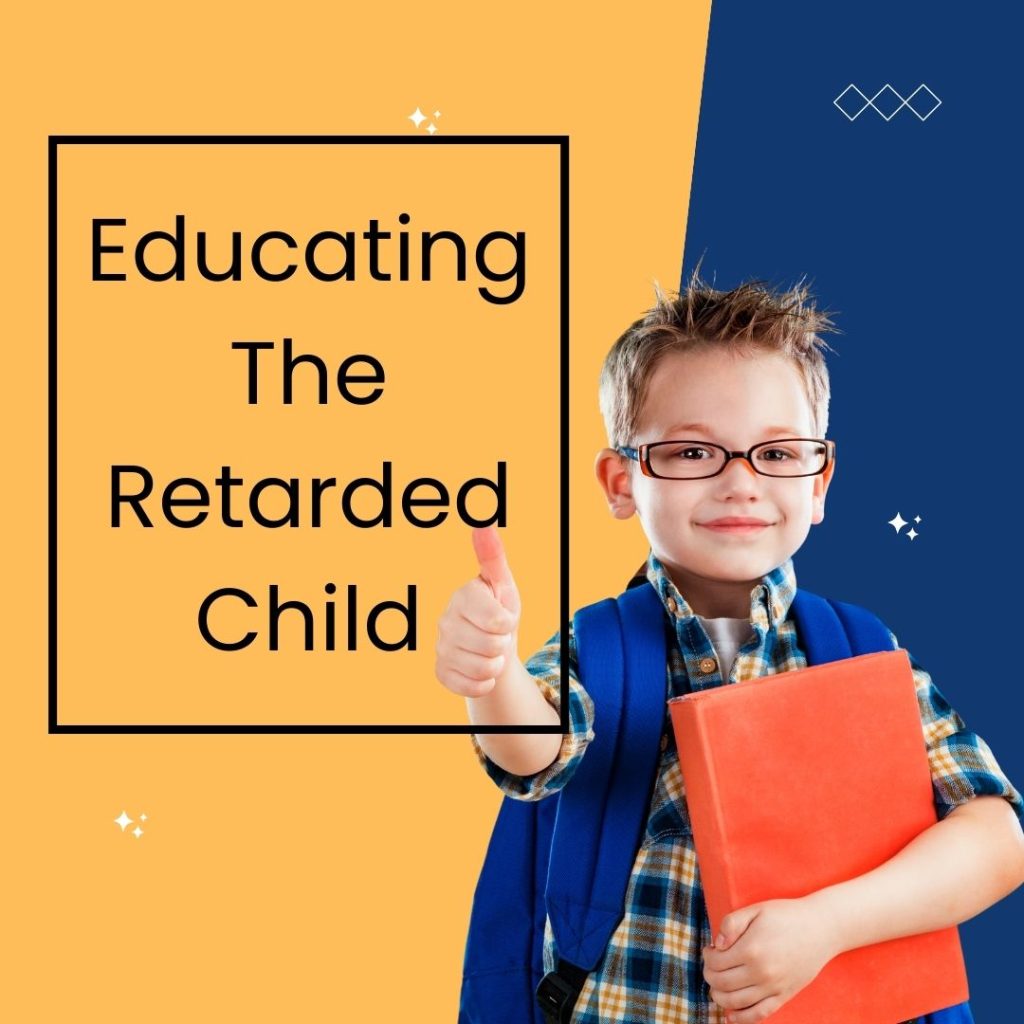
Beyond Stereotypes: Potential In Every Child
Potential in Every Child. Children labeled as ‘retarded’ often face unfair stereotypes. These kids can achieve great things with the right support. This post shines a light on their potential, debunking old myths and sharing uplifting stories.
Challenging Misconceptions
Many people think children with cognitive delays cannot learn as others do. This belief is wrong.
Each child displays unique talents and is capable of learning. Adapting teaching strategies can unlock their potential. Let’s look at common myths to dispel misconceptions.
- ‘Retarded’ is an outdated term — The right term is ‘intellectual disability’.
- Not all have the same capabilities — They have diverse skills like any other group.
- Patience yields results — Consistent support leads to noticeable improvement.
- Inclusion matters — Studies show inclusive settings benefit all students.
Success Stories And Role Models
Time and again, children with intellectual disabilities surprise society. Below are examples of individuals defying odds.
| Name | Achievement |
|---|---|
| Taylor Smith | World-class painter with exhibitions globally. |
| Michael Johnson | Gold medalist at the Special Olympics. |
| Laura Hernandez | Author of a bestselling children’s book series. |
These individuals inspire others. They prove limits exist only in our perceptions. Recognizing their contributions changes how society views intellectual disabilities.
Legal Framework And Rights
The Legal Framework and Rights surrounding the education of children with disabilities ensures they receive equal opportunities to learn and grow. Key legislation provides a structure from which these children can gain access to the resources and support they need. Understanding and applying these laws empower parents and educators alike to advocate for the best interests of the child.
Educational Rights For Children With Disabilities
All children deserve access to education, regardless of their abilities. In the United States, several laws protect this right for children with disabilities.
- Individuals with Disabilities Education Act (IDEA): Guarantees a free appropriate public education tailored to their individual needs.
- Americans with Disabilities Act (ADA): Prohibits discrimination based on disability.
- Section 504 of the Rehabilitation Act: Ensures that students with disabilities have equal access to education and services in schools receiving federal funds.
Under these laws, children with disabilities are entitled to special education services and accommodations that facilitate their learning process alongside their peers.
Understanding The Idea Act
The IDEA Act stands as a cornerstone in special education law. It outlines the processes and services necessary for children with disabilities to receive a free appropriate public education.
| Key Component | Purpose |
|---|---|
| Individualized Education Program (IEP) | Customized learning plan for each child’s unique needs. |
| Free Appropriate Public Education (FAPE) | Education at no cost tailored to the child’s individual requirements. |
| Least Restrictive Environment (LRE) | Children should be educated with non-disabled peers to the maximum extent appropriate. |
| Parent and Student Participation | Family involvement in educational decisions. |
Understanding the IDEA Act empowers families to ensure that educational institutions provide the necessary support and adaptations for a successful learning journey for children with disabilities.
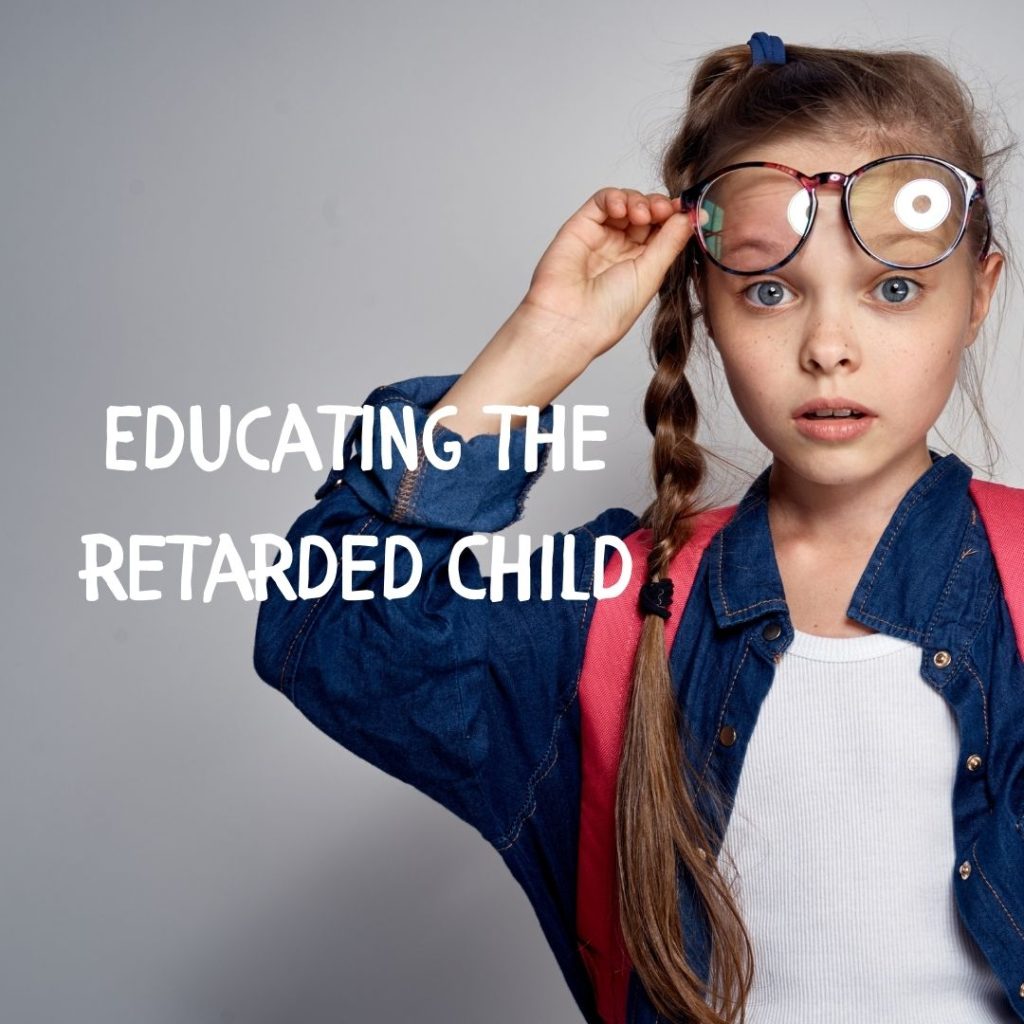
Creating An Empowering Curriculum
Creating an Empowering is about making learning accessible and joyful for all children, including those with developmental delays. It means crafting lessons that respect their unique pace while challenging them to grow. Teachers and parents can develop powerful teaching tools that make a real difference in these children’s lives.
Adaptive Learning Strategies
Adaptive Learning Strategies are key to meeting each child where they are. These strategies adjust to the child’s abilities, helping them grasp concepts at their own speed. Here are some ways to adapt learning:
- Visual Aids: Use pictures and symbols to make learning visible.
- Interactive Technology: Incorporate apps and games that cater to varied learning needs.
- Personalized Lessons: Tailor topics to interest the child, making learning more engaging.
Incorporating Life Skills
Incorporating Life Skills into the curriculum helps children with developmental delays navigate the world more independently. Emphasize skills that aid daily living:
| Skill Category | Examples |
|---|---|
| Self-Care | Dressing, hygiene, eating |
| Communication | Expression, understanding, interaction |
| Social Skills | Sharing, cooperating, respecting |
Combine these skills with academic subjects for a holistic approach. For instance, during a cooking class, not only do children learn about measurements (math) and ingredients (science), but they also practice following directions and teamwork.
The Role Of Technology In Learning
Technology opens doors for all learners especially children with learning disabilities.
It provides unique solutions that level the playing field. The use of advanced tools
and software supports and enhances the educational experience for children with special needs.
Let’s explore how technology transforms their learning environment.
Assistive Learning Tools
Assistive learning tools are a lifeline for children with learning challenges.
These tools include:
- Text-to-speech (TTS) software that reads aloud digital text, helping students with dyslexia.
- Audio books, which aid in learning through listening.
- Speech recognition software that transcribes spoken words into text, supporting children with writing difficulties.
- Electronic math worksheets designed to help students organize numbers and problems.
Assistive tools offer children the freedom to learn at their own pace and in a way that suits them best.
Customized Educational Software
Customized educational software adapts to the unique abilities of each learner.
Features of this software include:
| Software Type | Function |
|---|---|
| Interactive Programs | Engages children in learning with fun activities. |
| Visual Learning Aids | Uses images and videos to improve comprehension. |
| Adaptive Learning Platforms | Customizes difficulty levels to match student’s progress. |
| Progress Tracking Software | Monitors and reports growth over time. |
Each child learns differently. Custom software meets individual needs and goals.
Children with disabilities benefit greatly from tailored educational experiences.
Building Competence Through Play
Play is more than just fun for kids with special needs, like those with developmental delays. It’s a crucial part of learning and growing. Through play, these children can explore the world, discover their abilities, and find joy in their own unique ways. Let’s talk about how play helps them develop necessary skills.
Play-based Learning Methods
There are many ways to learn through play. The best methods focus on the child’s interests and abilities. Here are some play-based learning techniques:
- Structured Play: Activities with clear objectives that guide learning.
- Sensory Play: Engaging the senses helps children understand the world.
- Role-Play: Kids act out scenarios to learn social cues and problem-solving.
Each method encourages children to practice their cognitive, motor, and emotional skills while enjoying themselves.
Promoting Social Skills Through Interaction
When children play together, they learn valuable social skills. These include:
| Skill | How Play Helps |
|---|---|
| Sharing | Kids take turns and learn fairness. |
| Cooperation | They work together towards a common goal. |
| Communication | They use words and gestures to express themselves. |
These play interactions help children make friends and understand how to behave with others. They develop empathy and learn to read emotions.
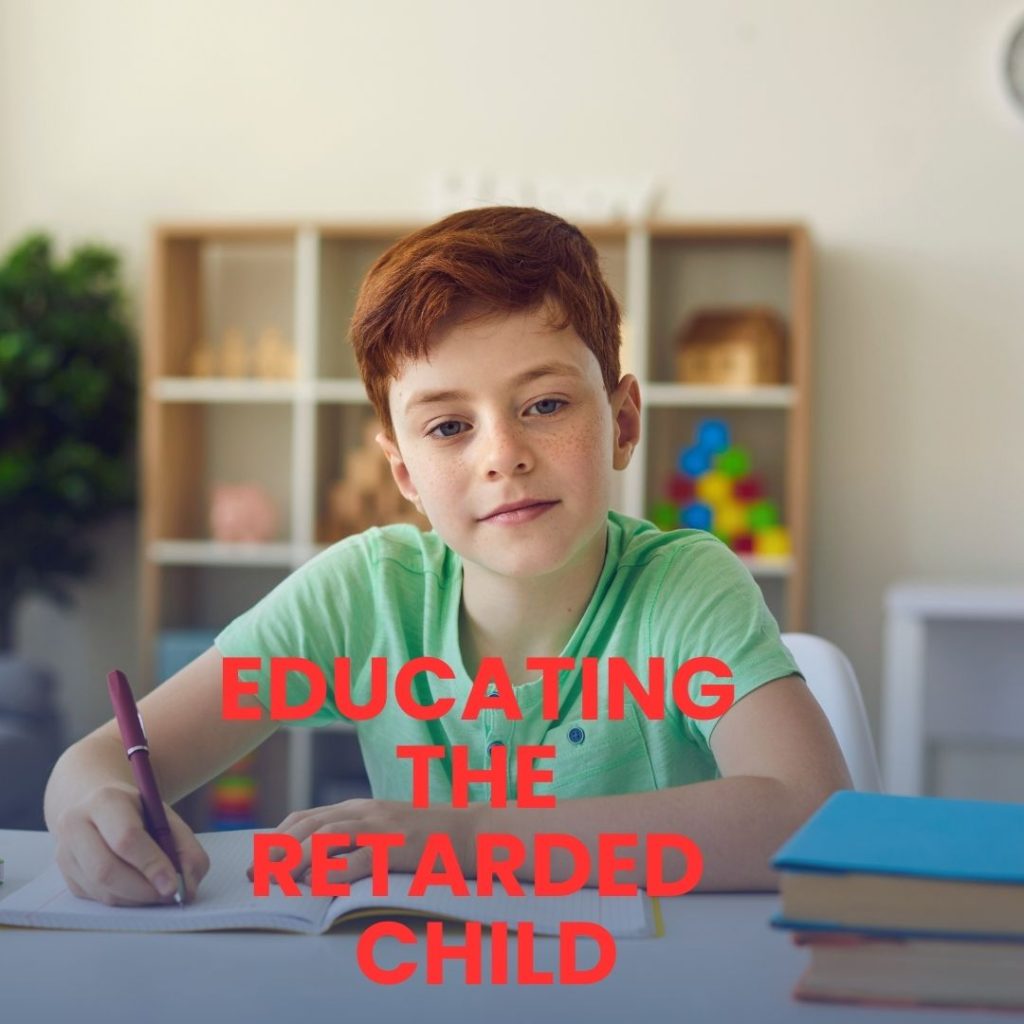
Family Engagement: A Cornerstone Of Success
Supporting a child with intellectual disabilities is a journey that brings challenges and joys alike. Success blossoms from teamwork. Family engagement is crucial. It fosters learning and growth. Let’s explore key factors helping families in this role.
Navigating Family Dynamics
Every family is unique. Members play different roles. It’s important to understand these roles to support a child’s education. Here are steps to do this:
- Recognize individual strengths.
- Embrace diverse views.
- Work together towards common goals.
Communicating clearly and often helps. It avoids confusion. It ensures everyone knows their tasks.
Support Groups And Resources
Families are not alone. Many groups offer support. They provide valuable resources. Here’s how they can help:
| Type of Support | Benefits |
|---|---|
| Emotional Support | Sharing feelings and experiences |
| Educational Workshops | Learning new skills and strategies |
| Information Services | Understanding rights and available services |
Support groups help families connect with others. They create a network. They empower families to overcome challenges.
Preparing For Adulthood
Preparing for Adulthood starts early for every child, especially for those with developmental challenges. As children grow, so do their needs and aspirations. Particularly for a child with developmental delays, it’s crucial to pave a clear path that leads to independence and self-reliance. With careful planning and the right support, these young individuals can learn to navigate the adult world with confidence. Let’s delve into the core elements of this transition:
Transition Planning For Independence
Transition planning forms a bridge to adulthood for children with developmental delays. It is a tailored process that includes setting goals, creating stepping stones, and acquiring necessary life skills. Important steps in this phase involve:
- Life Skills Education: Learning skills like handling money, cooking, and personal care.
- Decision Making: Encouraging choices in daily activities and future goals.
- Community Participation: Engaging in local events helps with social skills.
Vocational Training Opportunities
Vocational training is a cornerstone for job readiness. It equips individuals with developmental delays with tangible skills that employers value. Training opportunities include:
| Program | Skill Focus |
|---|---|
| Workshops | Hands-on tasks like woodworking, crafting |
| Internships | Real-world experience in businesses |
| Technical Courses | Specialized skills like coding, design |
These opportunities lay a solid foundation for a fulfilling career, ultimately leading to a more independent lifestyle.
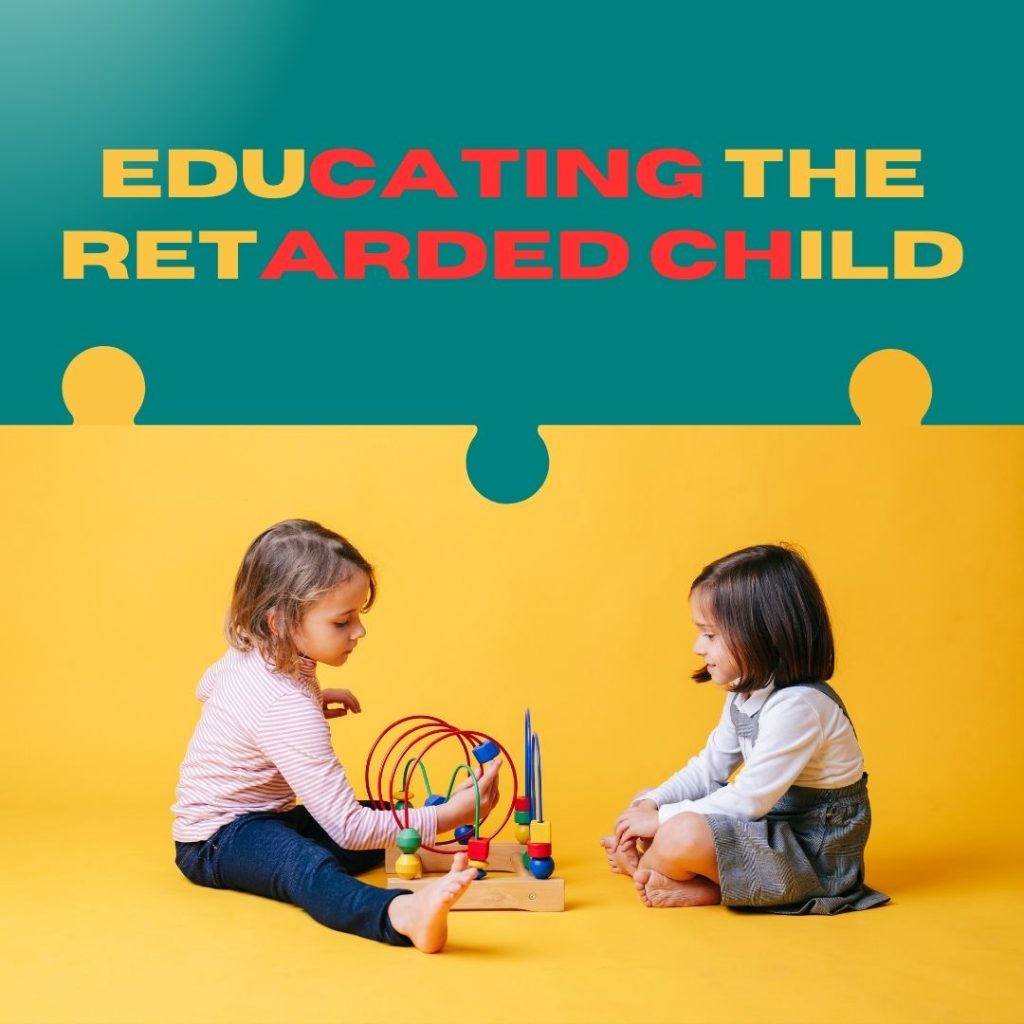
Global Perspectives On Education
Understanding Global Perspectives on Education opens doors to advanced learning strategies. This is crucial when helping retarded children. Countries worldwide embrace diverse methods. Such exposure brings fresh insights.
Comparative International Approaches
Different countries tackle special education with unique tactics. A look at these approaches aids in creating better programs for retarded children.
- Finland – Emphasizes equal opportunities, small classrooms, and individualized education.
- United States – Implements Individualized Education Programs (IEPs), integrating students into mainstream schools where possible.
- Japan – Offers special support schools with tailored curriculums.
- India – Focuses on Inclusive Education, where special children learn with peers.
Lessons From Around The World
Worldwide insights show key education elements for retarded children. Sharing these lessons upgrades global education quality.
| Country | Lesson |
|---|---|
| Canada | Collaborative learning and community involvement enhance skill development. |
| Sweden | Play-based learning stimulates social and cognitive growth. |
| Australia | Technology-assisted education offers interactive learning experiences. |
| Brazil | Art and music therapies help in expressing emotions and communication. |
Measuring Progress And Success
Understanding how to measure progress and success in educating a child with developmental delays is essential. Recognizing each victory, no matter how small, can significantly impact their learning journey. Let’s explore effective strategies, setting goals, assessing development, and celebrating accomplishments for these wonderful kids.
Setting Realistic Goals
For children with special needs, setting achievable targets fosters growth and confidence. Clear, attainable goals encourage them and highlight their strengths. These objectives might include social skills, daily tasks, or basic academic milestones. Always adapt these aims to suit the individual child’s pace and abilities.
- Identify individual needs: Every child is unique.
- Break down large goals: Manageable steps work best.
- Involve the child: They should own their goals.
Assessment Beyond Academics
Evaluating a child’s development should not only focus on academics. It’s important to observe growth in self-care, problem-solving, and play. These areas can be as important as traditional subjects, building a solid foundation for lifelong learning and well-being.
| Area | Milestones to Observe |
|---|---|
| Self-Care | Dressing, eating, hygiene |
| Social Skills | Making friends, sharing, empathy |
| Communication | Expressing needs, understanding |

Frequently Asked Questions Of Educating The Retarded Child
What Are Special Education Strategies?
Special education strategies involve personalized teaching approaches tailored to each child’s unique learning needs. Techniques may include visual aids, hands-on activities, and one-on-one instruction to facilitate learning and development effectively.
How To Support The Learning Of A Retarded Child?
Supporting a retarded child’s learning requires patience, understanding, and the use of adaptive teaching tools. Consistent reinforcement, a structured environment, and close collaboration with special educators can lead to significant improvements in the child’s educational outcomes.
What Are The Common Challenges In Educating Retarded Children?
Common challenges include behavioral issues, communication barriers, and varying degrees of learning disabilities. Educators need to employ specialized teaching methods and possibly collaborate with therapists to overcome these hurdles and cater to the individual needs of each child.
Can Technology Aid In Educating Retarded Children?
Yes, technology can be a powerful aid in educating retarded children. Interactive learning apps, specialized software, and augmentative communication devices can make learning more engaging and accessible for children with intellectual disabilities.
Conclusion
Educational paths for children with intellectual challenges require patience and commitment. Tailoring learning experiences to each child can ignite their innate potential. Let’s foster environments where these young minds thrive. Together, we can create inclusive educational journeys rich in dignity, respect, and opportunity.
Their success is our collective triumph.

